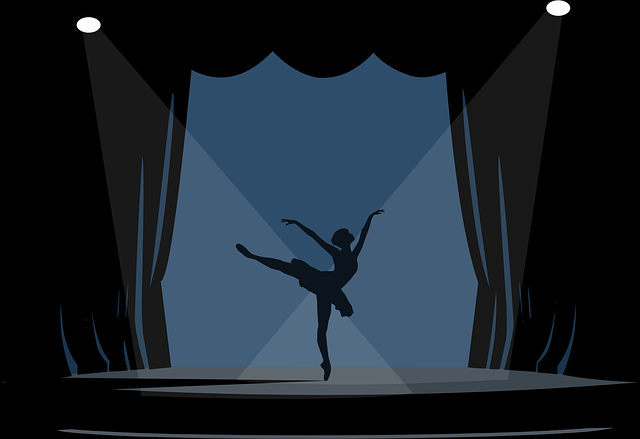The Fusion of Neoclassical Ballet with Ethnic and Folk Dance Elements
When we think of ballet, images of graceful dancers in tutus and pointe shoes performing intricate movements on a grand stage often come to mind. Ballet has long been associated with elegance, precision, and classicism. However, in recent years, there has been a fascinating fusion occurring within the world of dance — the amalgamation of neoclassical ballet with ethnic and folk dance elements. This captivating blend has given birth to a new and exciting era in the realm of performing arts.
The marriage of neoclassical ballet and ethnic folk dance is a harmonious interplay of tradition and innovation. Neoclassical ballet, known for its emphasis on technique and fluidity, finds itself intertwined with the vibrant and culturally rich tapestry of ethnic and folk dances. This fusion has breathed new life into both genres, creating performances that reverberate with a unique energy.
At its core, this fusion transcends mere choreography; it's a testament to the universal language of movement. Dancers who embark on this journey navigate a delicate dance — no pun intended — between preserving the essence of their respective forms while embracing a newfound sense of unity. The rhythmic footwork of folk dances seamlessly interlaces with the elegance of balletic lines, resulting in a mesmerizing visual and auditory experience.
One of the enchanting aspects of this fusion is the way it showcases the diversity of human expression. Take, for instance, the incorporation of flamenco elements into a ballet routine. The passionate intensity of flamenco's stomping and intricate hand movements intertwines with the ethereal grace of ballet, creating a juxtaposition that captivates audiences and leaves an indelible mark on their memories.
Moreover, the fusion isn't just about blending movement styles; it also involves a deeper exploration of cultural narratives. Dancers draw inspiration from folk tales, historical events, and ancestral traditions, infusing their performances with a layer of storytelling that goes beyond the physical realm. This enhances the emotional resonance of the pieces, allowing viewers to connect with the dance on a profound level.
Interestingly, this fusion is not limited to stage performances alone. In today's digital era, dance videos and tutorials have become popular mediums for artists to share their creations with a global audience. Dancers from different corners of the world are learning from each other, exchanging techniques, and contributing to the evolution of this hybrid genre.
As we delve deeper into this fusion, it's evident that the possibilities are boundless. Dancers and choreographers are constantly pushing boundaries, seeking ways to enhance and emphasize the harmony between neoclassical ballet and ethnic folk dance elements. This synergy between two seemingly disparate worlds has the potential to revolutionize the dance landscape, challenging conventions and carving a path for future generations of performers.
Ultimately, the fusion of neoclassical ballet with ethnic and folk dance elements underscores the beauty of human creativity and collaboration. It's a symphony of movement that celebrates tradition while embracing change, a dance that whispers of the past while propelling us into the future. As we witness this metamorphosis unfold before our eyes, one thing is certain — the indelible mark it leaves on the world of dance is a remarkable testament to the power of artistic expression.
In conclusion, the fusion of neoclassical ballet with ethnic and folk dance elements is a remarkable journey that bridges cultures, histories, and techniques. This harmonious interplay enhances the vibrant dance landscape, creating performances that speak to the heart and soul of humanity. As we continue to witness the evolution of this genre, it's worth noting that its impact is far-reaching and enduring, a dance of unity and diversity that will continue to inspire and captivate for generations to come.





